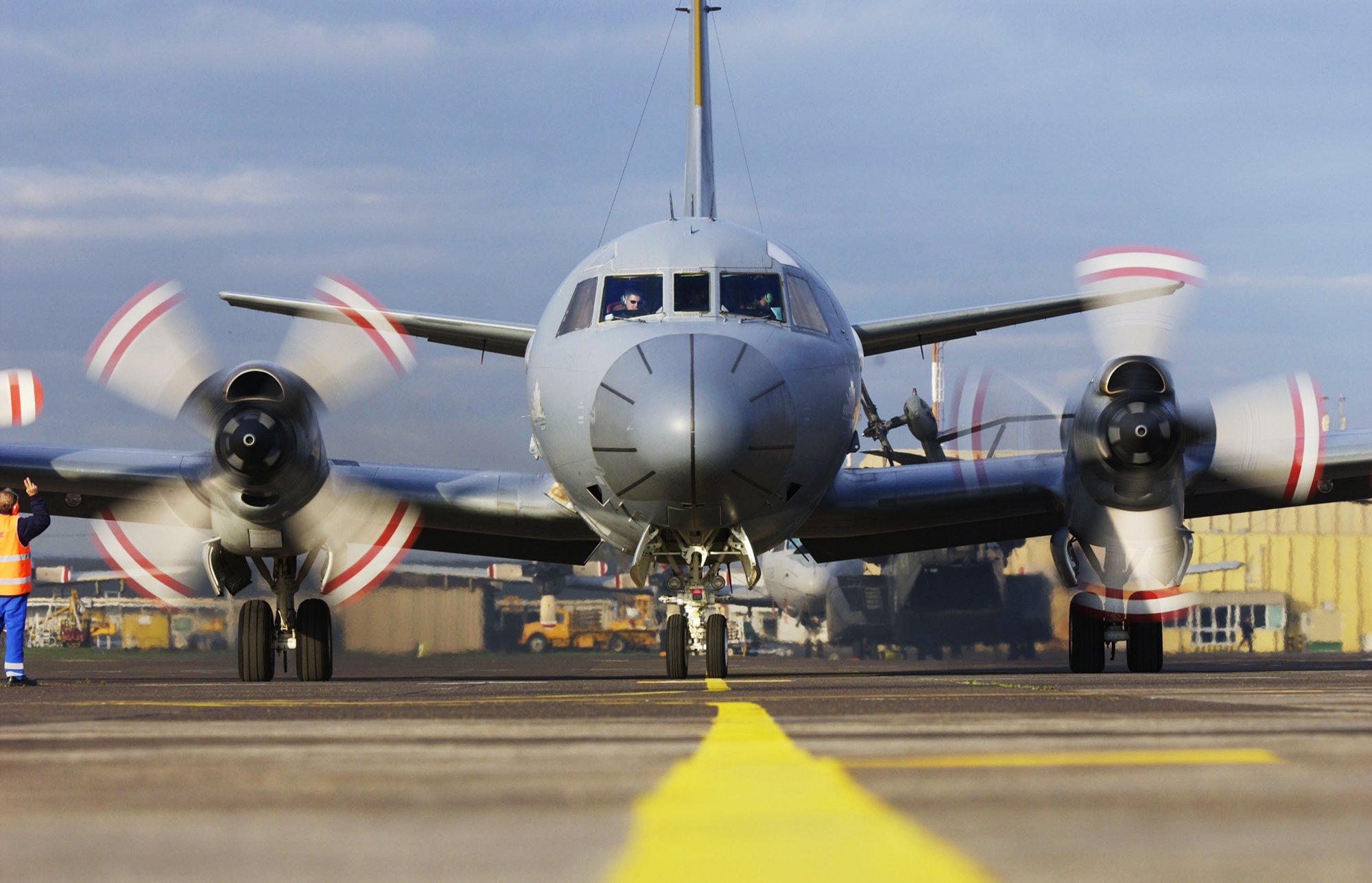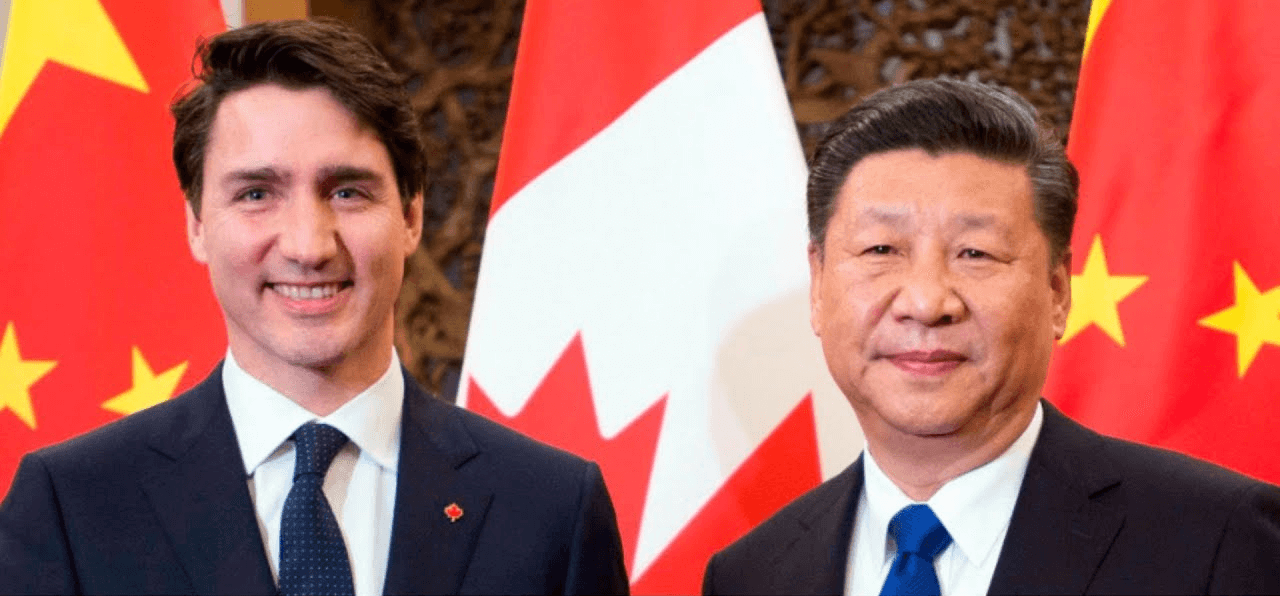In June this year, the Canadian government expressed serious concerns over the Chinese PLA Air Force’s ‘dangerous maneuvers’ in the Indo-Pacific region. Months later, the tussle between Canada and China has resurfaced.
The Eastern Theatre Command of the People’s Liberation Army (PLA) announced that the Chinese air force and navy monitored Canadian and US warships as they passed through the Taiwan Strait on 20 September.
The HMCS Vancouver, a frigate of the Halifax class, and USS Higgins, a guided-missile destroyer of the Arleigh Burke-class, sailed through the Taiwan Strait according to the command. The move was denounced as provocative by Senior Colonel Shi Yi, spokesman for the Eastern Theatre Command.
“The troops of the PLA Eastern Theatre Command are on high alert at all times to resolutely counter any threat and provocation and safeguard China’s national sovereignty and territorial integrity,” the command said in a statement.

Soon after the unsavory incident, the Canadian Department of Defense stated that the transit, which was carried out as part of activities in the Indo-Pacific area to pressure North Korea to give up its nuclear arsenal, was done “in full compliance with international law.”
The incident is significant as it comes just months after Canada revealed that the Chinese fighter pilots had been conducting dangerous interceptions on a Royal Canadian Air Force CP-140 maritime patrol aircraft since December of last year, as previously reported by EurAsian Times.
At the time, it had revealed that the Chinese fighter jets had intercepted the Canadian aircraft flying as part of a UN mission about 60 times. Out of these, almost 20 interceptions were labeled as ‘dangerous’ as the Chinese jets flew just 20 to 100 feet from the Canadian aircraft.

Responding to Canadian accusations, the Chinese sources had asserted that Canadian jets conducted close-range reconnaissance and provocations against China in the East China Sea. The Chinese experts also questioned Canada’s decision to send aircraft close to China in the name of a purported UN mission.
In what could be a sign that tensions have refused to cool down in the months following the June showdown, the Chinese military reacted aggressively to the Canadian transit through the Taiwan Strait, which has become a hotbed for several weeks.
Canadian Defense Minister Anita Anand said the mission showed the country’s commitment to a “free, open, and inclusive Indo-Pacific” region.
Tensions between Canada and China have recently exacerbated due to Huawei CFO Meng Wanzhou’s nearly three-year detention by Canada due to fraud allegations, as well as the concurrent detention of Canadians Michael Kovrig and Michael Spavor in China.
The Canadian warship that transited the Taiwan Strait was accompanied by a US destroyer. The US Navy 7th Fleet said in a statement that the transit was routine and conducted beyond “the territorial sea of any coastal state.”

First Transit After Biden Sounds The Bugle
It was the first US military activity in the Taiwan Strait following US President Joe Biden’s statement that the US would defend Taiwan in the case of an attack by the People’s Liberation Army in an interview with CBS over the weekend.
The US’s position toward Taiwan, according to the White House, has not altered.
Earlier in May, on his maiden visit to Asia as the US President, Joe Biden had stated that the US would come to Taiwan’s defense if it came under attack. The recent statement was just a reiteration of a position held by the Democrat President as tensions continue to soar between the two bitter rivals.
Before the latest joint transit, the US warships transited the Taiwan Strait after weeks of tensions triggered by US House Speaker Nancy Pelosi’s visit to Taiwan.
In late August, two Ticonderoga class US Navy warships, USS Antietam and USS Chancellorsville entered the Taiwan Strait as part of the ‘Freedom of Navigation Operations’ undertaken by the US 7th fleet based in Japan.
Coinciding with the transit, about eight PLAN vessels and 37 PLA aircraft were detected around Taiwan’s surrounding region.
In a powerful statement, the officials in charge of Beijing’s Taiwan policies have said that forceful measures were needed to deter Taiwan’s ruling party and the United States from hollowing out the ‘One China’ principle.
The officials asserted that Taiwan’s reunification with China was a strategic priority.
Additionally, during a meeting with former US secretary of state Henry Kissinger on the fringes of the UN General Assembly in New York, Chinese Foreign Minister Wang Yi cautioned that the US’ pro-Taiwan stance would have a “subversive impact” on US-China relations.
Additionally, Wang Yi claimed Beijing might try to unite Taiwan through its Anti-Secession Law. Beijing is permitted to prevent the island from possibly seceding from mainland China by using violent methods under the legislative framework established in 2005.
After the US State Department approved a US$1.1 billion arms sale to Taiwan at the beginning of this month, the Chinese military also sent five warships and four aircraft, including two J-10 fighter jets, to the strait.
- Contact the author at sakshi.tiwari9555@gmail.com
- Follow EurAsian Times on Google News




